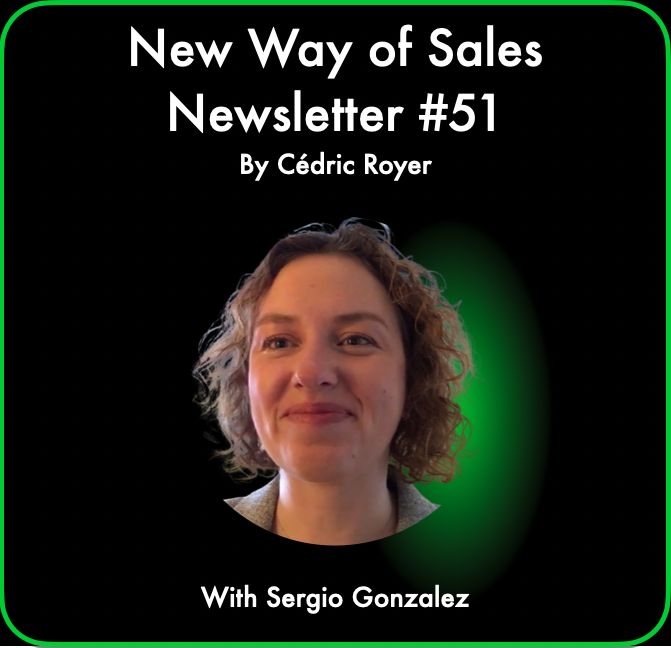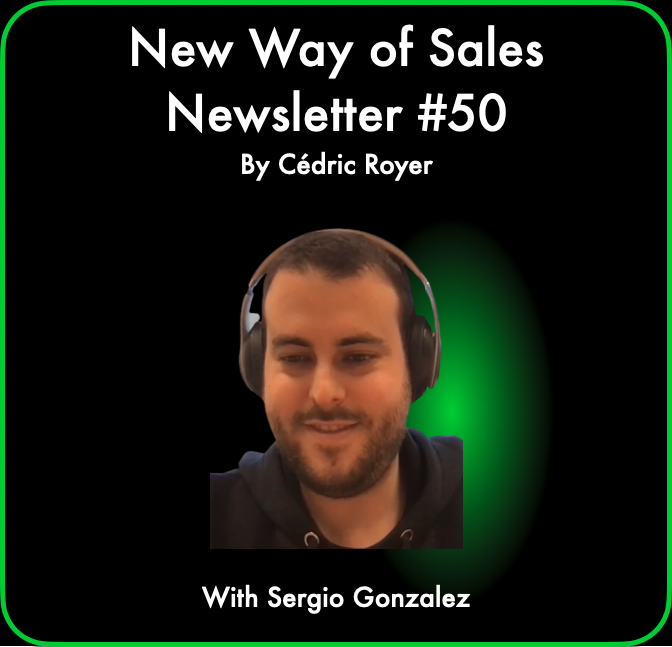Building your Ideal Customer Profile, or ICP, is the perfect way to identify your core target group, so you can design your go-to-market, communication and storyline.
At the same time, there are a few mistakes that can negatively impact identifying your ICP. And who wants to end up with the wrong ICP?
Unfortunately, this happens with quite some companies.
I am going to explain you now 3 of the most common mistakes, what happens you get it wrong, and how you can avoid this.

Mistake 1: Relying on Assumptions.
Assumptions are the start of ANY thesis, however, it is not the end. Very often, I hear startups, and sometimes even mature companies when they talk about a new solution they want to launch, talking about their ICP, purely based on an assumption.
What they forget, is that you will test and validate that assumption. The sooner you do this, the sooner you know if you are on the right path, or need to adjust your direction.
Lego, the building blocks company, initially made this mistake. A few years ago they were almost broke. Piracy and slowing demand had put a dent in the organisation, and it even seemed the company might seize operations. They were looking how they could sell more high end lego sets (boxes with building blocks) to the parents with kids. However, they tested the assumption and it seemed that there was a small, but very dedicated usergroup, namely the adult lego players. Lego realised they were directly responsible for 10% of the revenue, and indirectly for much more, since they influenced the buying behaviour of their friends, family and environment. And they were the ones who bought those high end boxes, not the parents with kids.
By focusing on this group, Lego was able to grow their revenue, and even more, they built a community around those Adult Fans of Lego (AFOL) that helped them building up the Lego brand.
Mistake 2: Relying on averages
The key here is that you are looking to describe a population that is large enough, and at the same time specific enough. When you do this incorrectly, then you arrive with abstract (cough, excel management) results.
I remember that I got the result of a marketing department, where they described the persona of the ‘typical buyer’, who was a female of 34 year old, with 2.17 kids.
Oh, what is wrong with this?
- First of all, we talk about typical demographic descriptions, and they are irrelevant. Ideal customer customer profiles should ONLY be built around usage of your solution
- In this real example, I have NEVER seen a person with 2.17 kids. So this person we want to sell into, does not exist. Never.
What do we do then?
It is perfectly fine to come up with multiple Ideal Customer Profiles. When you are narrowing down, you will probably come up with different groups and I can guarantee you that they match the different use cases you have.
Mistake 3: Confusing customers with users
An Ideal Customer Profile will also identify why they buy, use and/or want your solution. But the user is not always the customer. For example, at Indeed, we clearly positioned the user as the jobseeker, and the customers are the employers and staffing agencies looking for candidates. You see this in all the communication Indeed is doing.
You can have for example some tech that would help SDRs (sales development representatives) in making better notes so they would be more efficient in following up leads, and even if the SDRs are enthusiastic about it, then still, as long as you don’t talk to the person that will pay the invoice, then you won’t have a deal. So in this case, the SDR are no part of your ICP, it is the head of marketing or sales who will foot the bill.
What you can do in this case, is to find champions with your user base to influence your customers.
A couple of years ago, I was consulting a tech company that sold secure messaging in the medical sector. The core users were the GPs, the medical doctors, but the customers who paid the invoices were the hospitals. One of the problems that came up, was that the support department was staffed with engineers, and for hospitals this was fine, as they have large IT departments, but when non-technical GPs called in, this was cause for a lot of confusion. They had to retrain and add some new non-technical support staff to improve customer support.
And this is it for this week.
When you take these 3 mistakes into account, you will have better defined Ideal Customer Profiles.
To recap:
- Assume, and then test and validate
- Averages don’t work, it’s okay to find multiple ICPs
- Users are not always your customers
Let me know how it goes!
If you liked the content of this newsletter, the best compliment you can give me is to share it with a couple of persons that would enjoy reading it.



